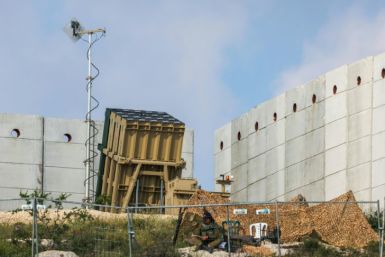NASA Landsat Satellite: Where to Watch the Successful Launch [PHOTOS]
National Aeronautics and Space Administration (NASA) confirmed the success of its latest Landsat satellite launch on Monday, February 11, at the Vandenberg Air Force Base in California. The Landsat Data Continuity Mission (LDCM) is the collaborative work between NASA and the United States Geological Survey aimed to carry on capturing images and recording data of the Earth's landscapes from outer space.
NASA officially posted on their Twitter account @NASA about the satellite launch and where people can view it. NASA wrote: "We're GO for #Landsat launch, 1:02p ET under beautiful blue California skies. Watch it! http://www.nasa.gov/ntv."
After the launch, the Landsat satellite detached from its booster rocket 79 minutes later. Then, a warning signal was delivered to a Svalbard, Norway station from the spacecraft at approximately 82 minutes into its flight.
"The LCDM deployed its solar arrays just a few minutes later," NASA stated. In two months, the Landsat satellite is estimated to reach its "operational, sun-synchronous, polar orbit" approximately 440 miles above planet Earth.
NASA satellites have been continuously monitoring Earth from space in the past forty years. "Landsat is a centerpiece of NASA's Earth Science program and today's successful launch will extend the longest continuous data record of Earth's surface as seen from space," NASA administrator Charles Bolden revealed in a released statement.
"Landsat has been delivering invaluable scientific information about our planet for more than forty years. It's an honor to be a part of today's launch to ensure this critical data will continue to help us better understand our natural resources and help people like water managers, farmers, and resource managers make informed decisions," Interior Secretary Ken Salazar stated.
NASA scientists emphasized on the developments made to the latest Landsat spacecraft including the addition of enhanced instruments such as the LDCM's Operational Land Imager (OLI) and Thermal Infrared Sensor (TIRS).
"LDCM is the best Landsat satellite ever built. The technology will advance and improve the array of scientific investigations and resource management applications supported by Landsat images," Jim Irons, LDCM project scientist of NASA's Goddard Space Flight Center in Greenbelt, Maryland declared.






